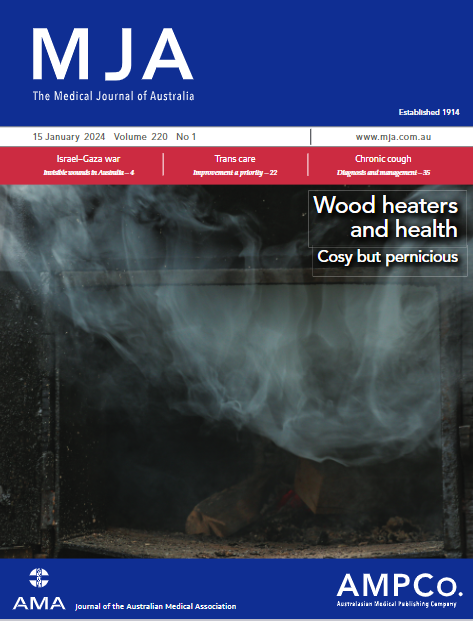Social inequalities in eligibility rates and use of the Australian National Disability Insurance Scheme, 2016–22: an administrative data analysis
Abstract
Objectives
To assess differences in eligibility rates and use of the National Disability Insurance Scheme (NDIS).
Study design
Analysis of NDIS unit-record administrative data.
Setting, participants
Applicants for NDIS support aged 7 years or older, 1 July 2016 – 31 August 2022 (eligibility analysis); active NDIS participants aged 7 years or older on 31 August 2022 (plan size and spending analyses).
Main outcome measures
Differences in NDIS eligibility rates by broad age group (under 55 years v 55 years or older), gender (girls and women v other applicants), and residential socio-economic status (three lowest deciles of the Index of Relative Socioeconomic Disadvantage v other areas); differences in NDIS personal plan size (allocation) and spending (use) by gender and residential socio-economic status.
Results
During 2016–22, 705 594 people aged 7 years or older had applied for NDIS support; 485 676 applicants with recorded decisions were included in our analysis (393 152 eligible, 92 524 ineligible). Eligibility rates were highest for applicants with brain injury or stroke, intellectual disability, or autism (900 or more per 1000 applicants), and only minor inequalities by socio-demographic group were evident. Eligibility rates were lower for applicants with physical disability, psychosocial disability, or unclassified (other) disability (60–75%). Eligibility inequalities were most marked for people with physical disability, with fewer approvals for women and girls than men and boys (145 [95% confidence interval {CI}, 138 − 152] fewer approvals per 1000 applicants), for people aged 55 years or older than for younger applicants (235 [95% CI, 227–242] fewer approvals per 1000 applicants), and for people from lower socio-economic status areas than for those from other areas (86 [95% CI, 78–93] fewer approvals per 1000 applicants). The eligibility rate for applicants with psychosocial disability was lower for women and girls than men and boys (83 [95% CI, 77–89] fewer approvals per 1000 applicants). Inequalities in plan sizes and spending by socio-economic group and gender for the 312 268 active participants at 31 August 2022 were smaller.
Conclusions
Women and girls and applicants over 55 years of age or living in socio-economically disadvantaged areas with certain disability types are less likely to be deemed eligible for NDIS support than other applicants. Inequalities in plan allocation and use of personal NDIS budgets are less marked. Changes to NDIS eligibility processes could reduce these inequalities.


 求助内容:
求助内容: 应助结果提醒方式:
应助结果提醒方式:


